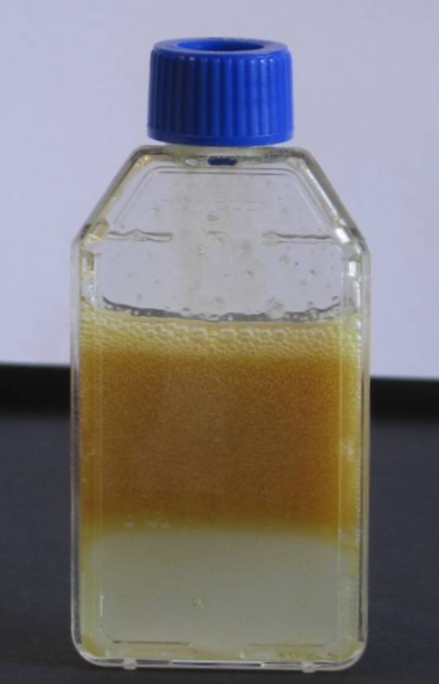

It might be that emulsion is enough to add the required moisture to your skin, but it can also be used as an additional source of hydration for particularly dry or sensitive skin.

Yes, you can, but it does depend on what your skin type is.

Whether you are looking for something to add to your routine, or you just need a boost for a specific skin complaint, emulsion might just be the answer. That’s not to say they aren’t packing a punch though – the great thing about emulsion is that it can help promote healthy skin without irritating it.Įmulsion is also used alongside other skincare products to help lock them in and maximise their effectiveness. As mentioned, emulsions are water-based, which is what gives them their lightweight feel. Formulation of oil-in-water emulsions begins with the simplest of equations: Emulsion Emulsifier + oil/wax phase + water phase. Single emulsion skin care preparations, such as lotion and creams, of the oil-in-water (o/w) type and water-in-oil (w/o type are well known in the cosmetic. The main difference between emulsion and cream is consistency. An emulsion is a blend of oil and water two ingredients which do not want to mix together unless you bind them by using an emulsifier. The most common emulsions are oilwater systems, which have found widespread use across a number of industries, for example, in the cosmetic and food industries, and are also of advanced scientific interest. What is the difference between emulsion and cream? Emulsions are mixtures of two immiscible liquids in which droplets of one are dispersed in a continuous phase of the other. One may choose a very high viscosity emollient (Tegosoft TIS, INCI: Triisostearin) for a water-in-oil night regimen to deliver very caring film formation on the.


 0 kommentar(er)
0 kommentar(er)
